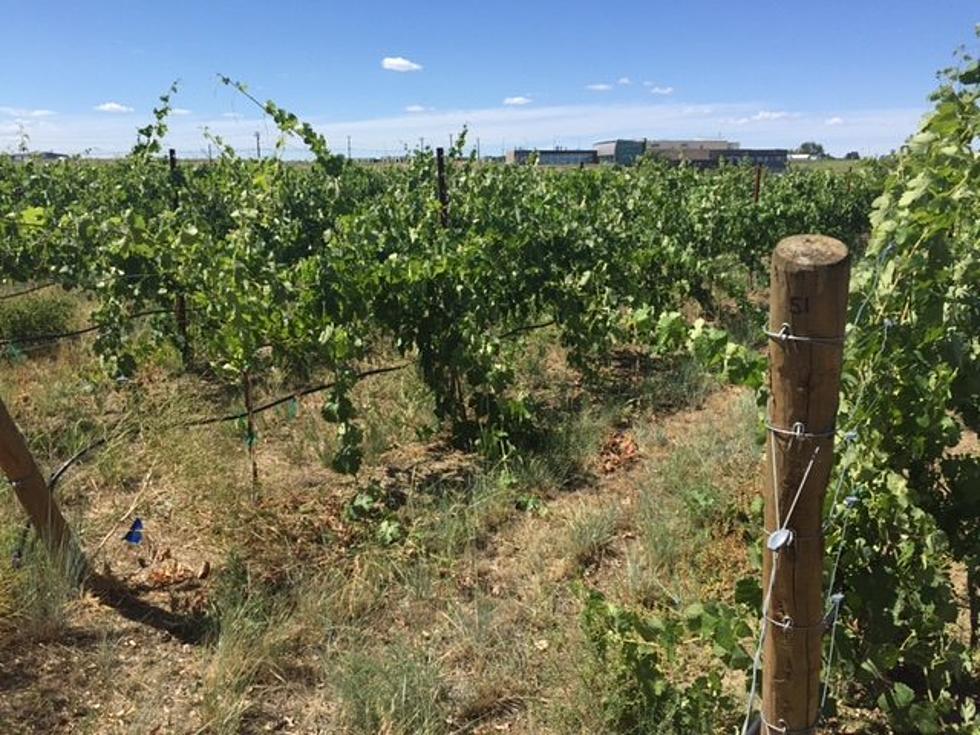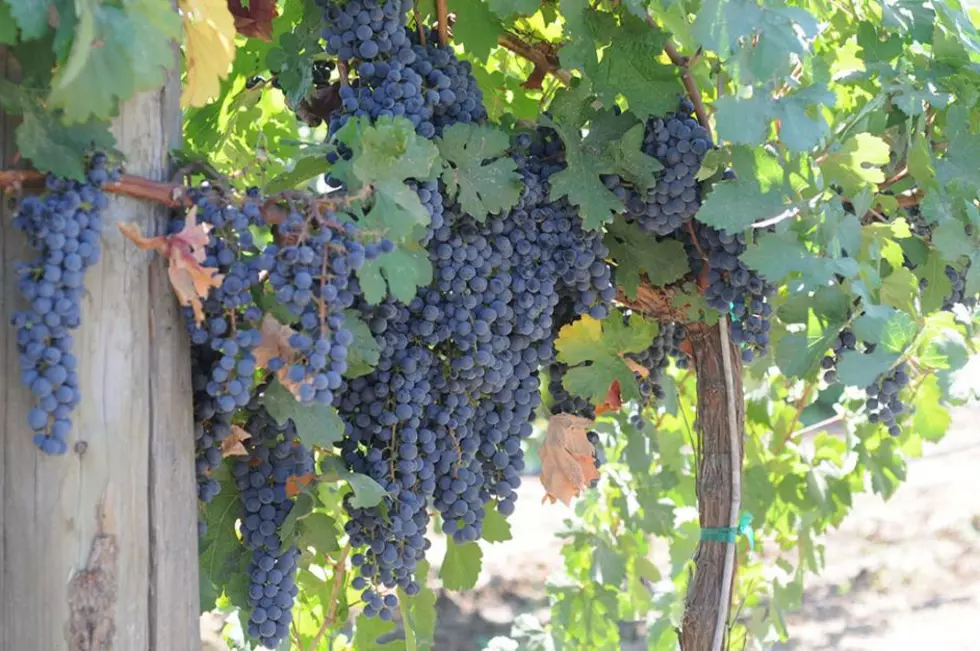
New Advancements In Vineyard Mealybug Prevention and Monitoring
The United States Department of Agriculture (USDA) has recently revealed new research from its Agriculture Research Service (ARS) in the battle against vine mealybugs.
Researchers hope to interfere with mealybug "love life"
Scientists at ARS were able to determine two olfactory receptors that male mealybugs utilize when identifying the presence of female mealybug pheromones. These highly specific receptors have only been known to activate for the proper chemical (lavandulyl senecioate).
Jacob Corcoran, entomologist with ARS Biological Control of Insects Research Laboratory in Missouri, paired with plant pathologist Walter Mahaffee at the ARS Horticultural Crops Disease and Pest Management Research Unit in Oregon. Together they were able to confirm that only the sex pheromone activated these receptors - and not the odors of grapevines. ARS claims that this gives the research team ideas for "more diabolic ways to mess with the pest's love life."
One possibility is researching "antagonist" chemicals that could deactivate these olfactory receptors, resulting in males not seeking females for breeding. Another option would be to "agonize" these receptors, causing them to seek out females where none exist.
The researchers are also considering a way to develop biosensors that can be utilized to "sniff" the pheromones in a vineyard to alert producers when and where the mealybug is becoming active, allowing them to react quickly to the pest.
Further details are in the January 2024 issue of Current Research in Insect Science.
Mealybug prevention is currently expensive, but necessary
Currently, the application of chemical pheromones to discourage mealybug breeding is expensive and challenging for producers. The new research may lead to cheaper synthetic alternatives.
Vine mealybugs dine on the sap of grape plants, reducing their fruit yield and quality. They secrete waste that can promote the growth of black sooty mold. Mealybugs also transmit viruses that cause grape leafroll diseases - which can require entire crops to be destroyed if the infection rate reaches 25% or more.
Mealybugs can reproduce multiple times in a single growing season, making management of the pest even more challenging. These potential new products and detection systems offer a light of hope for the Pacific Northwest's many vineyards and wine producers.
Luxury Villa In Oregon Wine Country
Gallery Credit: Kyle Matthews
YOU HAD ME AT MERLOT: 11 of the Best Merlot Wines in WA State [2023]
Gallery Credit: Reesha Cosby
More From PNW Ag Network









